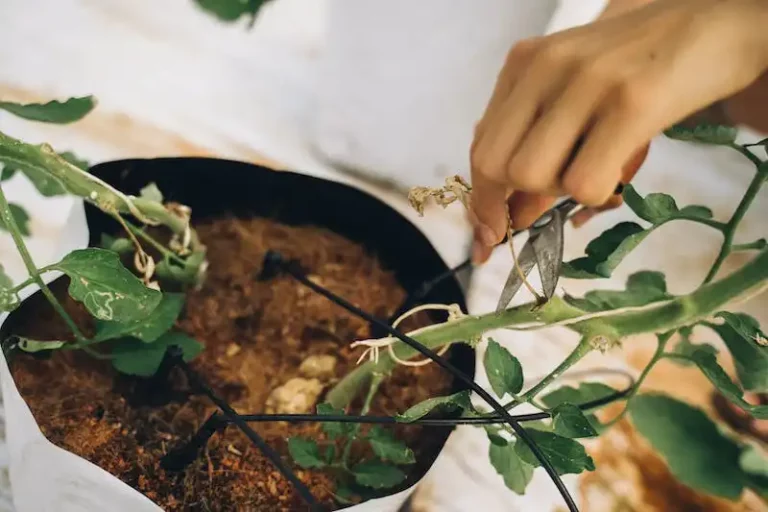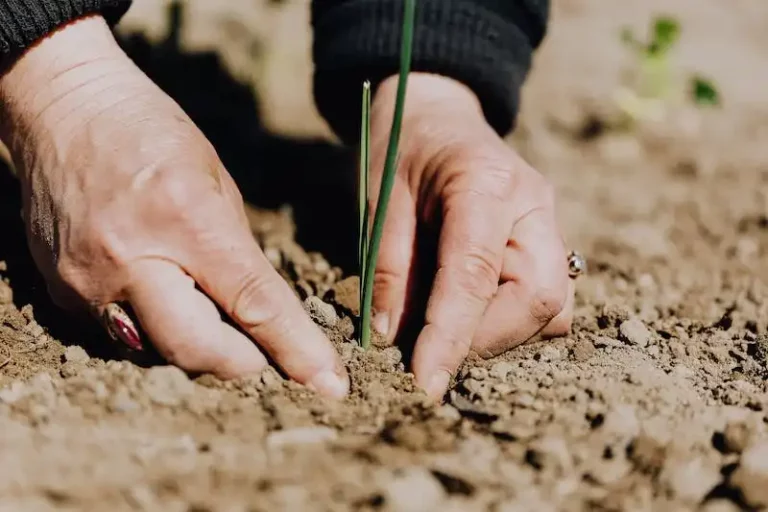Herbs have long been known for their medicinal properties and their ability to heal various ailments. From the roots of the Viola species to the beautiful flowers of the Hibiscus plant, these herbs have been used for centuries to create salves, teas, and remedies for a wide range of health issues.
Thanks to the advancements in technology, we now have access to a vast collection of images and graphics that can help us identify these medicinal herbs. Whether you are a seasoned gardener or just starting out, having access to these identification photos can be incredibly useful.
One of the best sites for medicinal herb identification photos is “HerbsFromTheGroundUp”. They have a comprehensive index of over 31 herbs, each with detailed photos and descriptions. Whether you are looking for pictures of Ribwort Plantain or Wolf’s Morning Oats, this site has it all.
If images are not enough, some sites also offer drawings and illustrations of these herbs, which can provide further clarity and a different perspective. For example, “Mushroom and Herb Identification” is a great resource for both images and drawings of various herbs, including Ginkgo Biloba and Horsetail.
Another favorite site for medicinal herb identification photos is “GardenersParadise”. Here, you can find a wide range of photos of herbs such as Jewelweed, Hydrangea, and Mountain Pine. The pictures are not only beautiful but also made by experienced gardeners who truly understand the importance of accurate identification.
Whether you are a passionate gardener or simply want to learn more about the herbs in your backyard, having access to these identification photos is vital. They not only help you reset your knowledge and understanding but also provide a visual account of the plants you may encounter. So, subscribe to these sites or login to your favorite herbal forums and start exploring the world of medicinal herbs through the lens of these fascinating photos.
400+ Herb Pictures Index
Below is an index of over 400 herb pictures that can be used for medicinal purposes. These pictures include various types of herbs such as liverwort, viola, basil, horsetail, lettuce, wolf, ribwort, ginkgo, mint, thyme, oats, jewelweed, nettle, comfrey, and many more.
These lovely herbal images provide a visual aid for the identification of different medicinal herbs. Each picture is accompanied by a short description and comments from the community.
If you have an account on our website, you can access the full-sized pictures and additional information about the herbs. If you don’t have an account yet, please sign up to gain access to premium content.
Feel free to explore these images and leave your comments. If you are a gardener or have a love for herbal medicine, these pictures will be a valuable resource.
We update our site weekly, so be sure to check back for new pictures and information about herbs. If you have any questions or issues, please contact us via the provided information on the website.
Thank you for visiting our herbal medicine picture index. We hope you find these images helpful in your journey towards natural healing.
Medicinal Herb Identification Photos
If you are interested in herbal medicine, it can be very helpful to have graphics and pictures to aid you in identifying different medicinal plants. Sometimes, a simple description is not enough to accurately identify a plant. That is where photos come in.
There are many websites and resources available that provide pictures of medicinal herbs. Some sites even have databases where you can search for specific plants. By looking at pictures, you can get a better idea of what the plant looks like, including its leaves, flowers, and overall appearance.
For example, if you are trying to identify plantain, a common medicinal herb, pictures can help you differentiate between different plantain species and related plants that may have similar characteristics. This can help you avoid issues like mistaken identification.
Another example is horsetail, which is a plant commonly mistaken for the herb hepatica. By looking at pictures of both plants, you can see the differences in their foliage and overall growth patterns.
There are also plants like rubus, also known as blackberry, that have both medicinal and weed-like qualities. Pictures can help you identify these plants and decide whether to keep them in your garden or remove them.
If you are a gardener looking to learn more about medicinal herbs, pictures can be a valuable tool. By seeing what the plants look like, you can better understand their growth habits and how to care for them. You can also get ideas for how to incorporate them into your garden design.
Some websites offer free pictures and illustrations of medicinal herbs. Others require an account or subscription to access their full image libraries. By subscribing to these sites, you can get access to a wide range of pictures and increase your knowledge of different medicinal herbs.
Here are some examples of medicinal herbs that you can find pictures of:
| Wolf | Comfrey | Mint |
| Incarnata | Jewelweed | Mullein |
| Ribwort | Hibiscus | Basil |
| Phytolacca | Rosemary | Pine |
| Liverwort | Viola | Ground |
By using pictures and illustrations, you can reset weekly herbal issues and create a lovely indoor herbal garden. Remember, though, that pictures are just a starting point. It’s always best to consult with a knowledgeable herbalist or do further research before using any herbs for medicinal purposes.
Comfrey Photos
Here are some photos of comfrey plants shared by our visitors:
Comfrey is a perennial herb known for its medicinal properties. It is often used to make herbal remedies for various health issues.
If you are new to comfrey identification, these photos will help you get an idea of what it looks like. Comfrey has large, hairy leaves and produces beautiful purple or white flowers.
Comfrey is also known as “knitbone” because of its traditional use in treating bone fractures. It is also believed to be beneficial for skin and digestive issues, although further research is needed to support these claims.
Remember, comfrey should be used with caution as it contains pyrrolizidine alkaloids that can be harmful to the liver when used in large amounts or over extended periods of time. It is always best to consult with a healthcare professional before using any herbal remedies.
For more information on comfrey and other medicinal herbs, consider subscribing to our site. By signing up, you will get access to a wealth of information and receive regular updates on the best practices for identifying and using medicinal herbs.
Photo credit: Stocksnap
Horsetail Herb Photos
Here you can find a collection of pictures showcasing the beautiful horsetail herb. These images can help you identify this herb in your garden or when foraging in the wild.
Why Horsetail Herb?
Horsetail herb, also known as Equisetum arvense, has a long history of traditional use. It is believed to have various health benefits and has been used for its diuretic properties, to help with joint health, and to support healthy hair, skin, and nails.
The Wonders of Horsetail Herb
The horsetail herb is characterized by its unique appearance, resembling a horse’s tail. Its long, slender stems are interconnected with joints, creating a distinctive look. The plant itself grows in moist areas, such as swamps, marshes, and riverbanks.
| Image 1: Horsetail Herb | Image 2: Horsetail Herb Close-Up |
What to Look for in Horsetail Herb
The horsetail herb has distinct characteristics that make it easily identifiable. Here are some features to look for:
- The stems are hollow and segmented, resembling bamboo.
- The plant has a rough texture, similar to sandpaper.
- The stems have a vivid green color.
- The leaves are thin and needle-like.
- When mature, the plant produces a cone-like structure on its tip, which contains spores for reproduction.
How to Use Horsetail Herb
Horsetail herb can be used in various ways. It can be brewed as a tea, added to baths for skin health, or used as an ingredient in herbal preparations. However, it is important to note that horsetail herb should be used in moderation and under the guidance of a healthcare professional, as it may interact with certain medications.
Conclusion
Horsetail herb is a fascinating and beneficial plant to have in your garden or forage in the wild. By familiarizing yourself with its unique characteristics and appearance, you can easily identify it and harness its potential health benefits.
Stay tuned for more medicinal herb identification photos by subscribing to our weekly newsletter. By signing up, you’ll gain free access to premium content, including 400+ herb identification images and watercolor illustrations.


